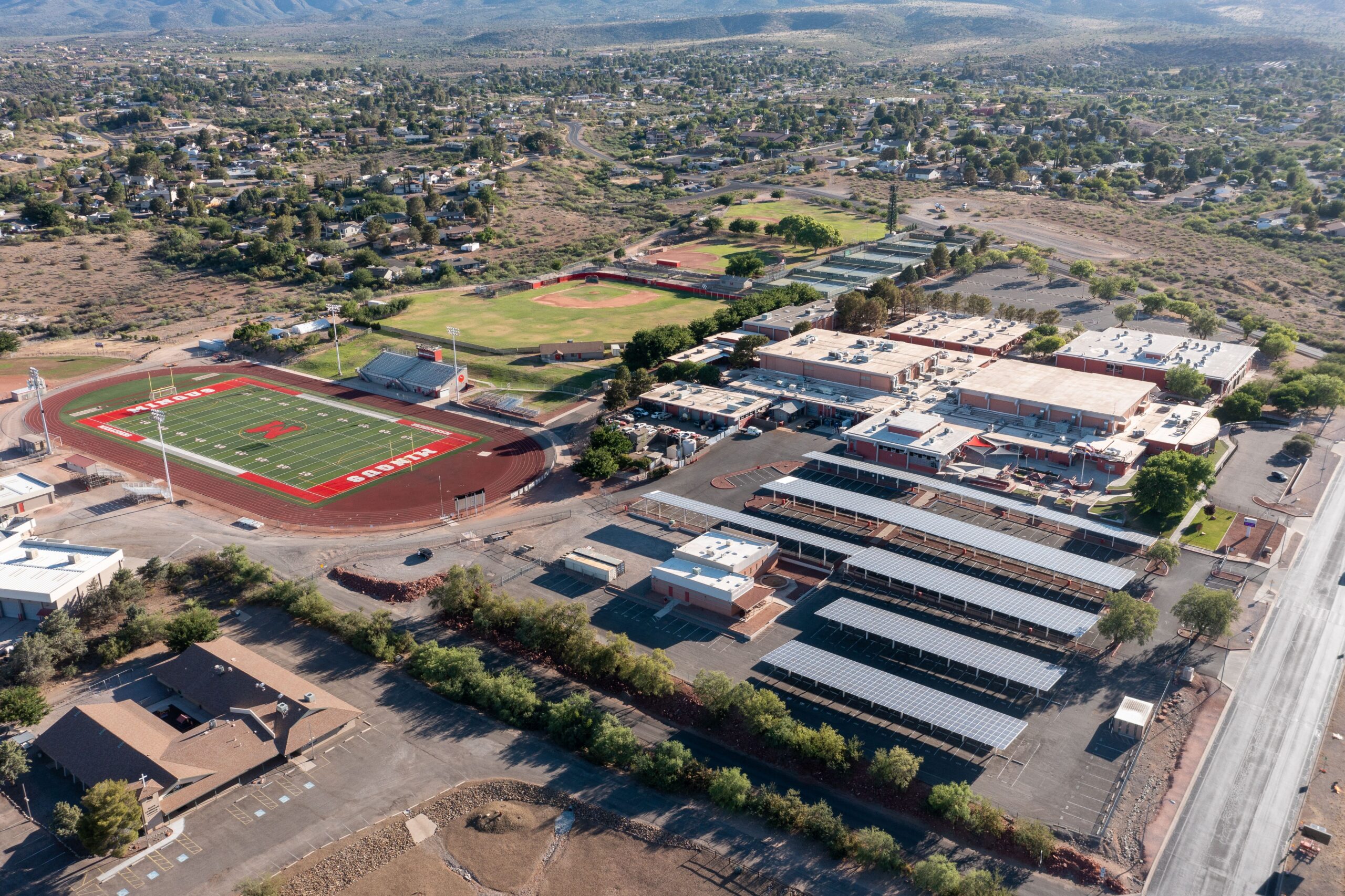After numerous setbacks, the Camp Verde Sanitary District has finally brought its new wastewater treatment plant on line last month, more than a year behind schedule.
The Arizona Department of Environmental Quality gave its final approval just before Thanksgiving, said District Chairman Gregg Freeman, and district employee Jan Grogan said new customers have already started connecting to the system.
The $8 million plant has a capacity of processing 650,000 gallons of wastewater a day, and its activation has been a long-awaited event by a district that over the past few years has found itself at the center of controversy and just plain bad luck.
“We feel like we’ve reached a milestone,” Freeman said.
It’s a sign of progress for the district, which had a relatively quiet 2009. Last year, on the other hand, brought public anger, a recall election, an Arizona Department of Environmental Quality-ordered construction shutdown, structural failures at the new wastewater treatment plant and an expensive sewer expansion project.
The plant was originally supposed to be up and running in the fall of 2008. But when the walls of the plant were put through a stress test, they cracked, setting the project back by months and thousands of dollars of extra expenses. The district had to wait for warmer weather because of the nature of the repairs needed.
The district has been in negotiations with the contractors it holds accountable for the structural failure, Grogan said.
Freeman said the district’s attorneys have been going over their position with a fine-tooth comb before taking their claim to the courts; the district is also hoping insurance money may be able to help out.
The district also used federal grant money to replace an aging sewer line underneath the White Bridge on State Route 260 — the pipe was the cause of a large sewer leak in 2007 and a smaller leak early this year.
The pipe that caused all the problems is now completely offline, Freeman said.
This year also brought completion to a large sewer system expansion project, one that faced its own share of problems. Freeman said the district is giving residents and businesses in the new service area a year to hook up to the system.
That may require the district board to revise some of its regulations, Freeman said. The rules give people six months, but Freeman said the district wanted to give people more time given the poor state of the economy.
New customers may want to hook up sooner rather than later, however, since the district is considering a significant increase in its connection fees.
Currently, it costs $500 to hook up to the system. As long as a customer has permits in place by June 30, 2010, they will be locked in at the $500 rate.
A 2007 rate study reported that the district’s fees were low, Freeman said, especially in comparison to similar sanitary district rates in other places.
While nothing is final, Freeman said new connection fees could potentially be in the neighborhood of $1,700 to $1,800 dollars.
Connecting to the system isn’t an option in the new service areas, Grogan said, and the district reserves its legal rights.
As for the old plant, the district is in the middle of
a decommissioning process that is expected to take months.
The district must remove the sludge from the old plant, and Freeman said the land must be cleaned up to meet state environmental standards.
The entire process could take as long as two years, Freeman said.
The district’s Web site is currently under revision, but Freeman said he hopes relevant information will be posted for district members soon.


